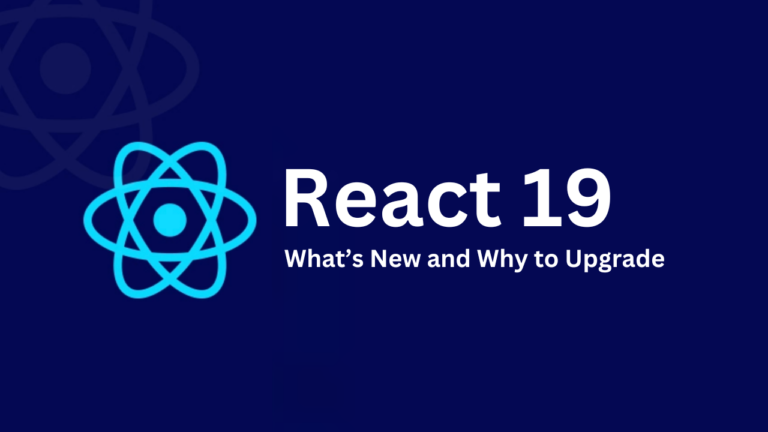Natural Language Processing (NLP) stands at the forefront of artificial intelligence, enabling machines to comprehend, interpret, and generate human language. From sentiment analysis to language translation and conversational AI, NLP has transformed the way we interact with technology. This article delves into the realm of NLP, exploring its advancements and diverse applications that redefine human-machine communication.
Understanding NLP
At its core, NLP involves the interaction between computers and human language. It encompasses:
- Text Analysis: Processing and understanding written language.
- Speech Recognition: Converting spoken language into text.
- Natural Language Generation: Creating human-like text or speech responses.
Advancements in NLP
- Sentiment Analysis: Unveiling Emotions
- Sentiment analysis uses NLP to discern emotions from text, enabling businesses to gauge customer sentiment and opinions. From social media monitoring to brand reputation management, it empowers organizations to understand public perception.
- Language Translation: Bridging Global Communication
- NLP-driven translation tools like Google Translate and DeepL utilize neural networks to provide accurate translations across multiple languages, breaking down communication barriers worldwide.
- Conversational AI: Humanizing Interactions
- Chatbots and virtual assistants powered by NLP understand user intent, respond contextually, and engage in natural conversations. They enhance customer service, automate tasks, and facilitate seamless interactions in various domains.
Applications of NLP
- Healthcare: Enhancing Patient Care
- NLP analyzes medical records, assists in diagnostics, and improves patient outcomes. It aids in extracting valuable insights from vast volumes of medical literature for better decision-making.
- E-commerce and Customer Experience
- Recommender systems use NLP to understand user preferences, enabling personalized product recommendations. Chatbots streamline customer support, offering real-time assistance.
- Finance and Sentiment Analysis
- NLP-driven sentiment analysis influences investment decisions by analyzing market sentiment and news articles to predict market trends.
Challenges and Future Directions
- Ambiguity and Context Understanding
- NLP faces challenges in understanding context, sarcasm, and ambiguity within language, requiring advancements in contextual understanding.
- Ethical Considerations
- Privacy concerns, bias in language models, and ethical use of NLP technologies demand attention and responsible development practices.
Conclusion
Natural Language Processing has evolved from a computational challenge to a transformative force across industries. As advancements continue to unfold, the synergy between human language and machine understanding is reshaping the way we communicate, make decisions, and interact with technology. The future of NLP holds boundless potential, promising a world where seamless human-machine communication is the norm.











